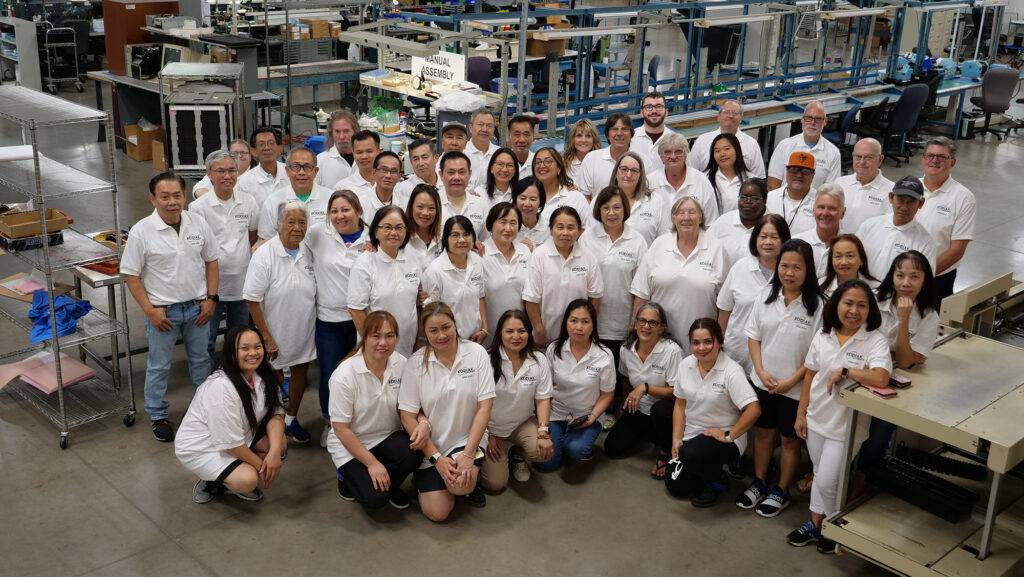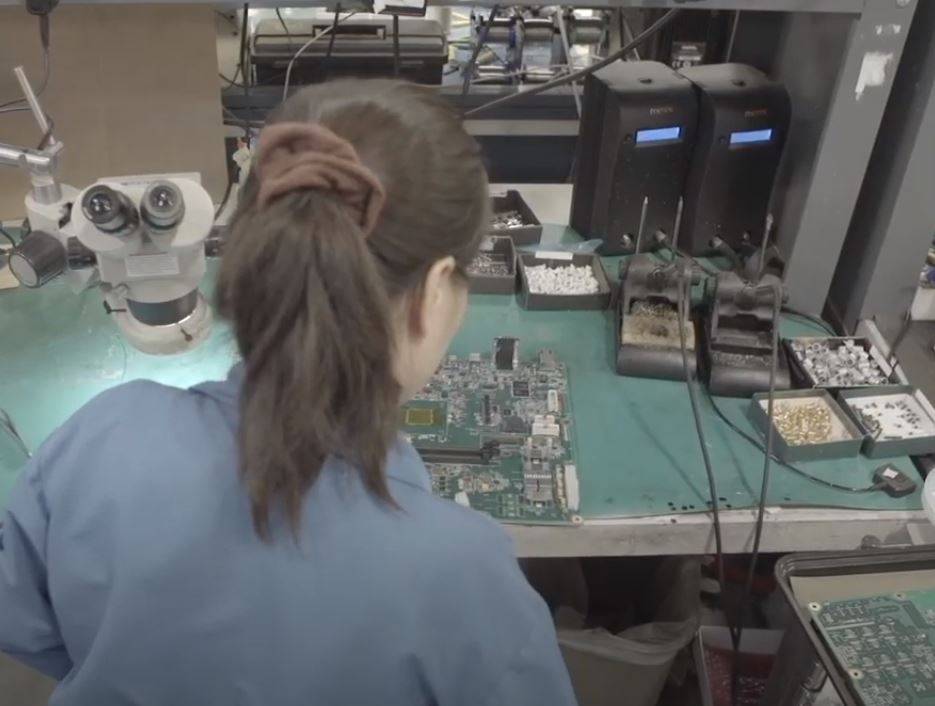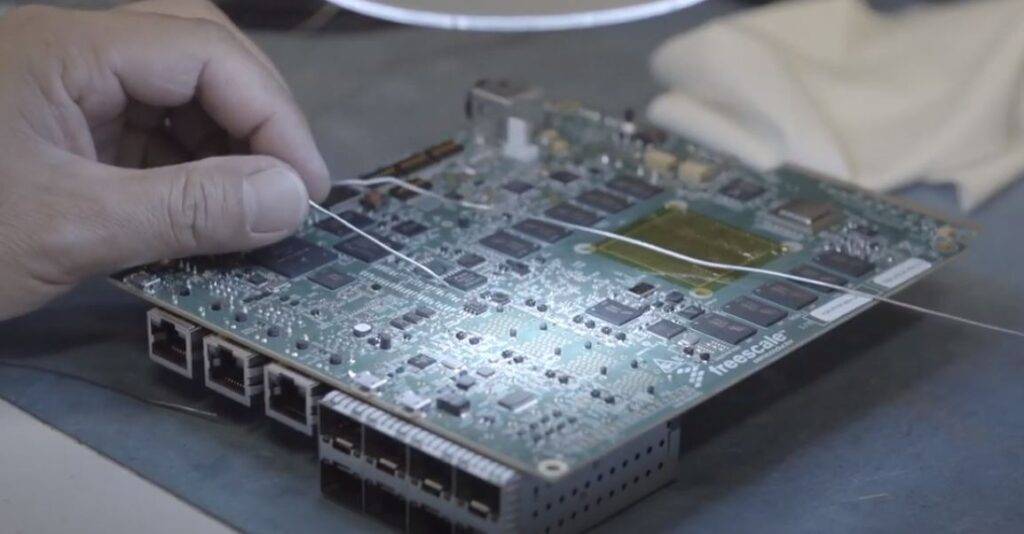How Recent Electronics Component Shortages Affect Manufacturing and Assembly

Long before Hurricane Harvey and Hurricane Irma landed and caused major destruction and disruption, the electronics supply chain was navigating rough waters of its own. Over the last year, lead times for electronics components grew unusually long due to the fast-growing demand that overgrew the capacity of many manufacturers. Now, the manufacturing industry is facing what many call, a “perfect storm,” where demand continues and will continue to grow, but resources remain static, increasing the price of products, but extending the wait times for parts.
How did demand outgrow electronics component supply?
Experts believe the culprit of this so-called “perfect storm” is the automotive industry. The increase in the embedded technology within vehicles is closer to becoming a standard feature than remaining a luxury for drivers. The advanced driving assistance systems are seemingly a key driver in the uptick within the automotive market segment. Since the automotive industry is shifting significantly to the electronics-based products, the demand seems to be overwhelming the capacity.
Because this demand has been growing, so has the shortage. There were indications of an upcoming disruption within the electronics component supply chain since the beginning of this year and hasn’t let up. This isn’t simply an anomaly or a brief spike. The shortfall has been building all year and will continue to build until demand slows. Now that we’re entering in the final months of the year, electronics manufacturing is gearing up for holiday sales, constricting the already tightened supply.
How will this impact companies and other sectors of the manufacturing industry?
While you may think that since the demand is growing within the automotive industry for certain electronic components, such as resistors, it’s important to think about how this supply shortage affects other sectors of manufacturing. Because resistors are a critical component of any electronic device, just about every electronic device contains resistors, which means there are likely a lot of manufacturers vying for the same components in order to make many different things. The aftermath of Harvey and Irma will only push this demand higher, as the historic floods will lead many to have to purchase new household electronics – everything from automobiles to televisions to laundry machines.
Manufacturers are also responding to the heated demand for mobile devices and cloud technology. There is pressure for component manufacturers to shift production toward those new markets for mobility-oriented parts. The top three makers of DRAM are concentrating more on mobile and server RAM, not PC RAM.
Some major manufacturers of electronic components have announced plans to revamp their manufacturing lines to create more flexibility and capacity. These may improve the situation on the long-run, but will certainly cause additional supply-demand now.
What’s the further impact on component users?
Design engineers are all, at some point, going to have difficulty locating a critical component or even a viable replacement at a reasonable cost. The component selection stage of design is going to get more difficult this year. It becomes increasingly hard to create fail-safe plans to protect against product shortages. Specialty manufacturers can unpredictably drop an entire family of devices to meet demands to supply the mobile sector or wherever market trends take them.
Since 2011, the U.S. auto industry has started facing sporadic production shutdowns for months at a time because of shortages in microchips and other components. These parts were already scarce because of the Japanese earthquake and tsunami disaster. Current supply-based shortages could continue making things difficult. Today, with a healthy all-around market for American cars, some suppliers are beginning to feel the pinch of the supply-chain problems, especially in the powertrain and electrical components. However, the auto sector does not appear to be fatally affected by the undersupply of electronics component parts. The industry is working on diversifying their supply chain to reduce the impact of current supply chain issues.
Kodiak Assembly Solutions has developed solutions with our customer’s business goals in mind. Our strength lies in our experienced team, state-of-the-art machines, clean facility, and our quality centered processes. If you’re concerned with the growing lead times for many electronic components, it’s important to contact us and place your orders ahead of time, before lead times grow too long.



